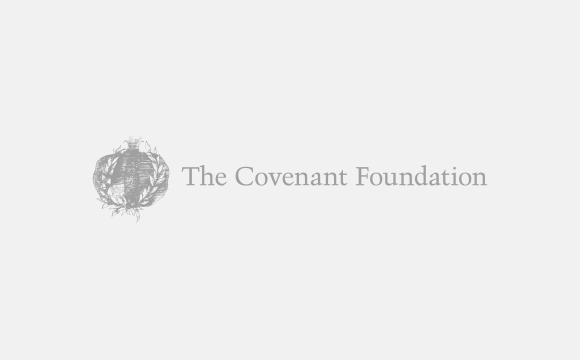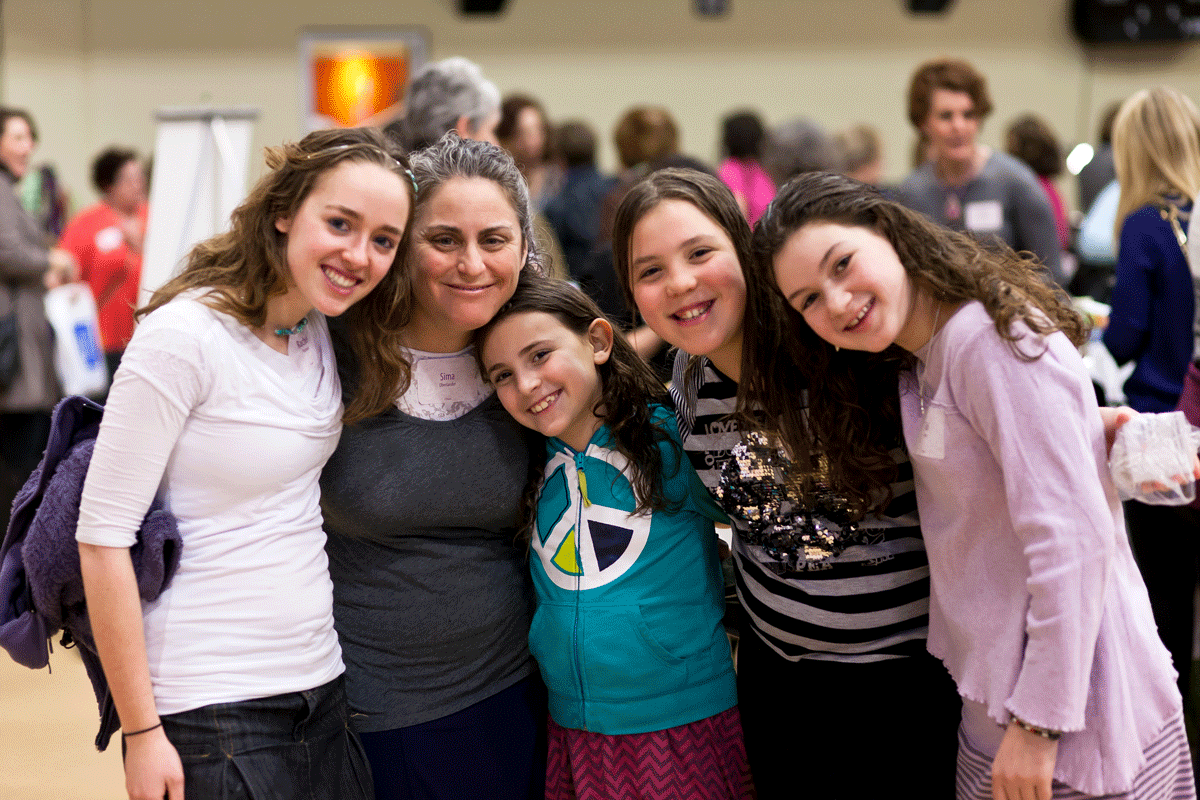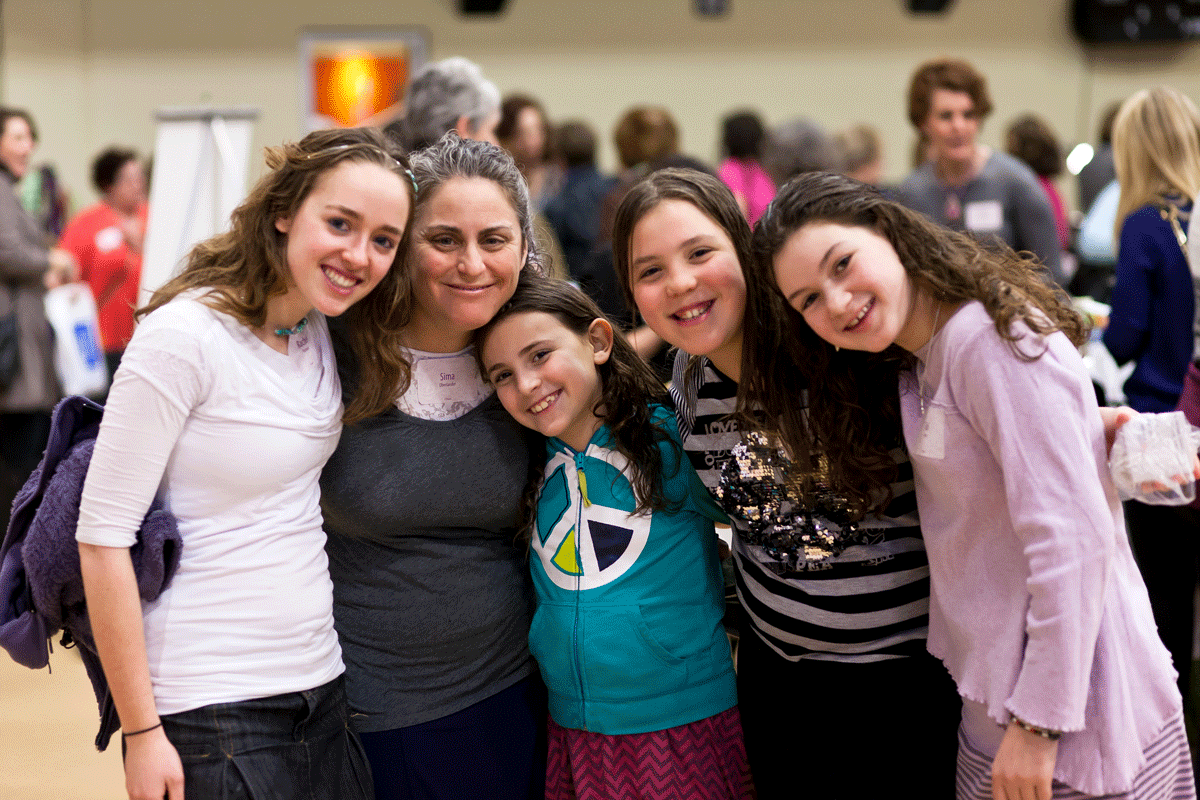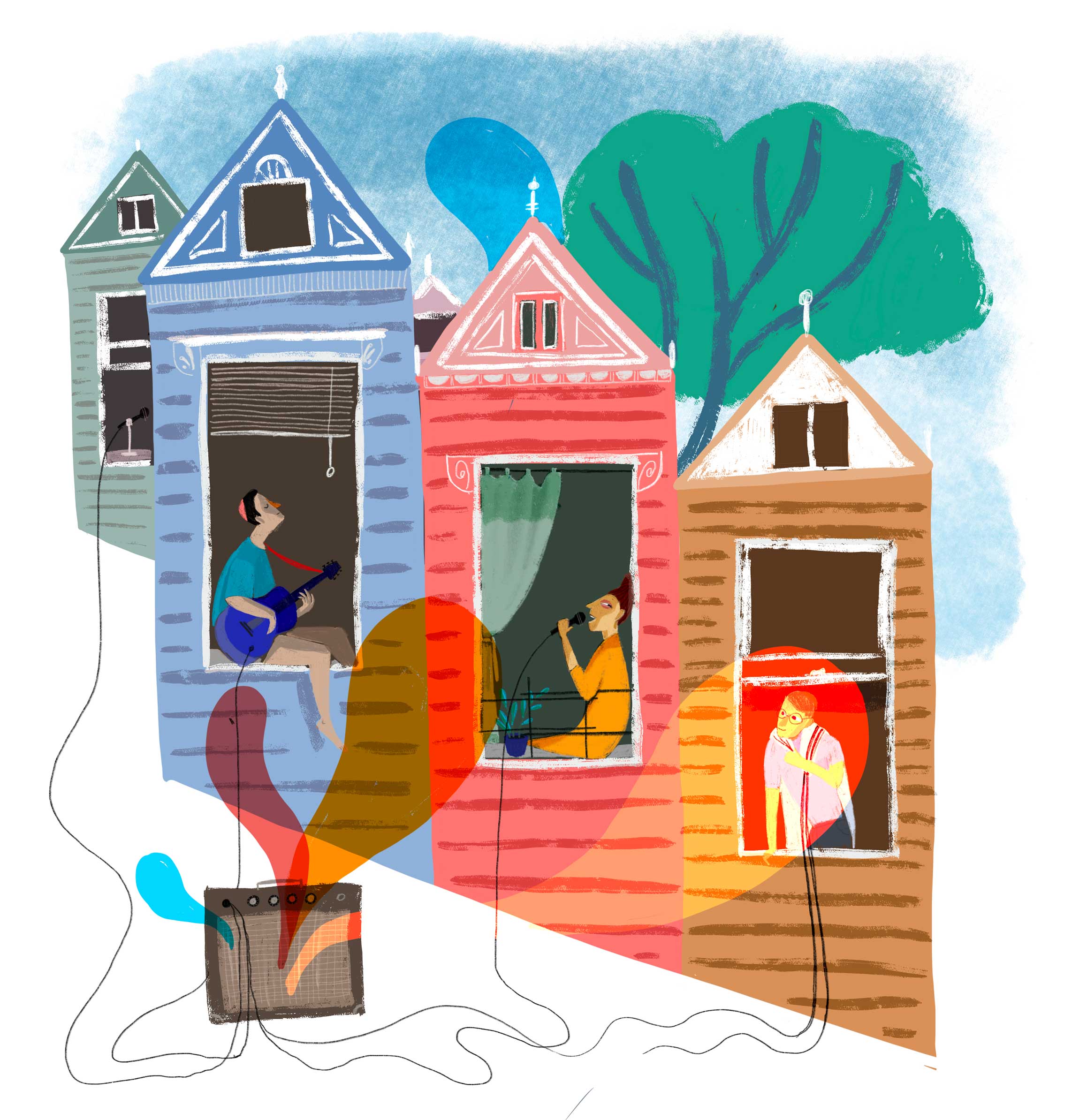Art, Music and Text Mashup: An All-New Girls in Trouble Curriculum

Girls in Trouble (indie-folk songs about the complicated lives of Biblical women) began as Alicia Jo Rabins’ Masters’ thesis in Jewish Women’s and Gender Studies at the Jewish Theological Seminary. She received her degree in 2007 and has since released three Girls in Trouble albums. All of the songs on those albums are based on stories of women from Jewish texts. Alicia attempts to focus on the ways in which their complicated lives reflect our own (the songs are intended for an older audience; teens to adults).
For years, Alicia has been traveling around performing these songs and teaching about the stories behind them. Now, with a grant from The Covenant Foundation, Alicia has developed ten in-depth units of study, which are available for download, here. We chatted with Alicia to learn a little more about her newest venture, why this curriculum is definitely not just for women, and how educators can access and use this material with even the youngest learners.
Covenant Foundation: What was the impetus for the development of this curriculum?
AJR: The curriculum grew out of the fact that educators repeatedly came to me, performance after performance, year after year, asking for materials that would allow them to use my Girls in Trouble songs in the classroom.
CFN: Which female biblical figures are included in the curriculum?
AJR: The complete curriculum will include ten digital units, each focused on one character and song: Miriam and Ruth are already launched (downloadable on our site.)
Hannah and Sarah will be launched before Rosh Hashanah. Judith, Eve, Lilith, Bat Yiftach, Rachel/Leah, and Tamar will be launched in late 2016-early 2017.
CFN: What does each study guide include?
AJR: The study guides are chock-full of information! Teachers are encouraged to pick and choose from the large amount of material in each one.
Here’s what the teacher’s guide includes:
- Source texts in Hebrew and English
- Midrashim in Hebrew and English
- Lyrics of the Girls in Trouble song, with footnotes explaining my interpretations
- Visual art about the character
- Poetry and other artistic interpretations
- Questions for discussion
- Creative prompts for students to make their own midrashim
- Extensive notes throughout providing context and insight into the sources.
Units are published in digital form, downloadable as a zip file from the Girls in Trouble website. Each zip includes a teacher’s guide with all of the above, a student copy with sources for printing, a PowerPoint of visual art, and an mp3 of the Girls in Trouble song.
CFN: How might these study guides be adapted for younger learners?
AJR: Great question. So much depends on the culture of the institution and classroom, and the particular interests of the teacher. (And since I wanted to create material which resonates strongly with the complexity and concerns of teens and up, some of the source texts themselves are simply too adult for very young learners.)
Still, many of the units can certainly work. So, two items of advice:
First, select a unit with an age-appropriate source text. Teachers of learners younger than 13 will probably want to steer clear of Tamar (R-rated); Judith and Lilith (violent); and bat Yiftach and Sarah (disturbing). Rachel and Leah, Eve, Miriam, Hannah and Ruth could all work.
Secondly, each unit contains a huge amount of resources – probably too much for any one class, even adults. Educators are invited to pick and choose from the sources presented. So, for younger learners, just select one or two sources. You may find that midrash is too complex but the source text and song will spark discussion, or you may want to study a story with students, show and discuss visual art about the story, and then put out art supplies and have students create their own visual midrashim.
Third: if you just want the source text and the song with lyrics, the Jewish Women’s Archive has a free, stripped-down version of the Girls in Trouble Curriculum, which could be a great place to start.
Finally, the Girls in Trouble website is also a great educational resource for all ages because it’s got the lyrics and streaming audio for every single Girls in Trouble song, as well as notes on who the songs are about. So teachers of all ages can use it as an educational tool in whatever way works for them!
CFN: What else would you like to share with educators about this exciting new project?
AJR: In addition to classroom use, I hope individuals will also use these units as self-study guides and for learning together in informal small groups (like Rosh Chodesh or a women’s group). The “teacher’s” version works just as well as self-study material; it’s full of notes and does not assume a lot of background knowledge.
People often ask if this curriculum is for women only. The answer is no! I’ve had powerful experiences teaching to groups of all women and that’s certainly a wonderful way to use it, but these stories belong to all of us and men are very much welcome in this conversation.
Finally, there’s a Gallery of Biblical Women on the Girls in Trouble website where people can upload their own artistic interpretations of women in Torah and contribute to the conversation – please join me in this ongoing project!
Interview conducted and condensed by Adina Kay-Gross










